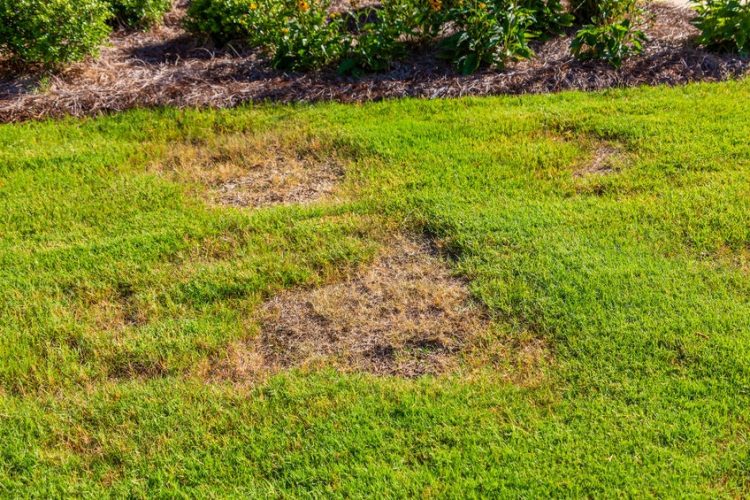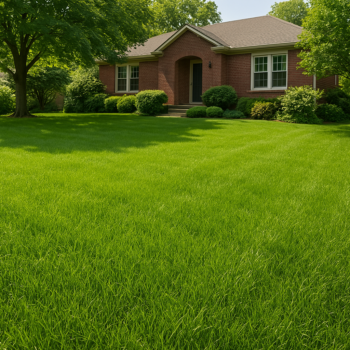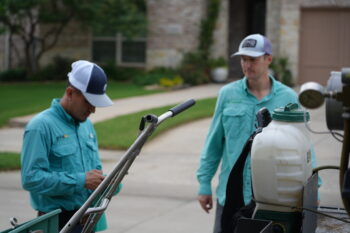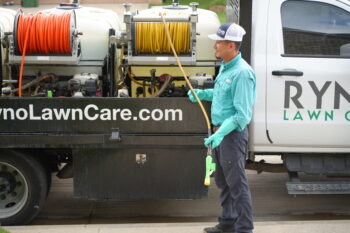A lush, green lawn is the pride of any homeowner. However, sometimes you notice unsightly dry patches on your grass. What causes dry patches on grass though?
In this article, we will explore the common causes of dry patches on grass. We will also provide you with tips to help revive your lawn.
Lack of Water
One of the most common causes of dry patches on grass is a lack of water. Insufficient irrigation or irregular watering results in areas of the lawn drying out.
This commonly occurs during periods of hot weather. Or if the lawn is not receiving enough water to sustain its needs. To prevent dry patches caused by water deficiency, water your lawn deeply and evenly. This ensures that the entire area is adequately hydrated.
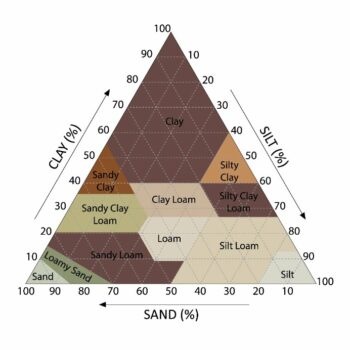
Soil Compaction
Compacted soil also contributes to the formation of dry patches on grass. When soil becomes too compacted, it restricts the movement of water, oxygen, and nutrients into the root zone of the grass.
This leads to areas where the grass struggles to access the necessary resources for healthy growth. To address soil compaction, consider aerating your lawn.
Aerating involves creating small holes in the soil to allow for improved air circulation and water absorption.
This simple step goes a long way in preventing dry patches. Additionally, aeration promotes overall lawn health.
Poor Drainage
If your lawn has insufficient drainage, that also leads to the accumulation of excess water in certain areas. Thus causing the surrounding grass to become waterlogged. Eventually the dry grass will die off.
To improve drainage, consider incorporating organic matter into the soil. This will enhance its structure and drainage capabilities. Moreover, re-grade the lawn. This ensures proper slope away from the house. Excess water will redirect itself and prevent stagnant areas.
Soil pH Imbalance
The pH level of your soil plays a crucial role in determining the health of your grass. Grass thrives in a slightly acidic to neutral pH range. If your soil becomes too acidic or alkaline, it hinders the absorption of nutrients. Which ultimately leads to dry patches on the grass.
Conducting a soil test will help you determine the pH level of your soil. Then, you are able to adjust it accordingly. If the soil is too acidic, add lime to raise the pH. Alternatively, if the soil is too alkaline, adding sulfur lowers the pH.
Testing your soil: How to collect and send samples.
Thatch Buildup
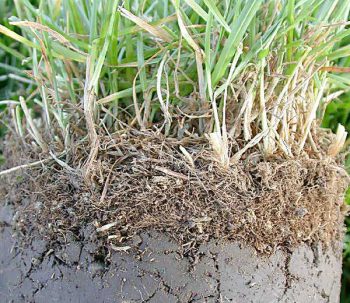
An accumulation of dead grass clippings, stems, and other organic debris that forms on the soil surface is known as thatch.
While a thin layer of thatch is beneficial for the lawn, excessive buildup impedes water penetration and air circulation, which results in dry patches.
To combat thatch buildup, follow regular lawn maintenance practices such as proper mowing and regular dethatching.
Dethatching involves removing the excessive layer of thatch to allow for better water absorption and nutrient uptake.
Pest and Disease Infestation
In some cases, dry patches on grass are a sign of pest or disease infestation. Certain insects and diseases attack and damage grass, causing it to wither and die. Common culprits include chinch bugs, grubs, fungal infections, and more.
If you suspect pest or disease activity in your lawn, consult with Ryno Lawn Care.
Conclusion

Dry patches on grass can be a frustrating problem for homeowners, but understanding the underlying causes can help you address the issue and restore the health and beauty of your lawn.
By following the guidelines discussed today, you will prevent and treat dry patches on your lawn. You will have a vibrant, green lawn that you are proud of.
Remember, regular lawn maintenance practices and proactive care are key to maintaining a healthy and flourishing lawn year-round.
Take the necessary steps to rejuvenate your grass, and you’ll soon enjoy a beautiful, lush lawn that will be the envy of the neighborhood.
Happy lawn caring!

